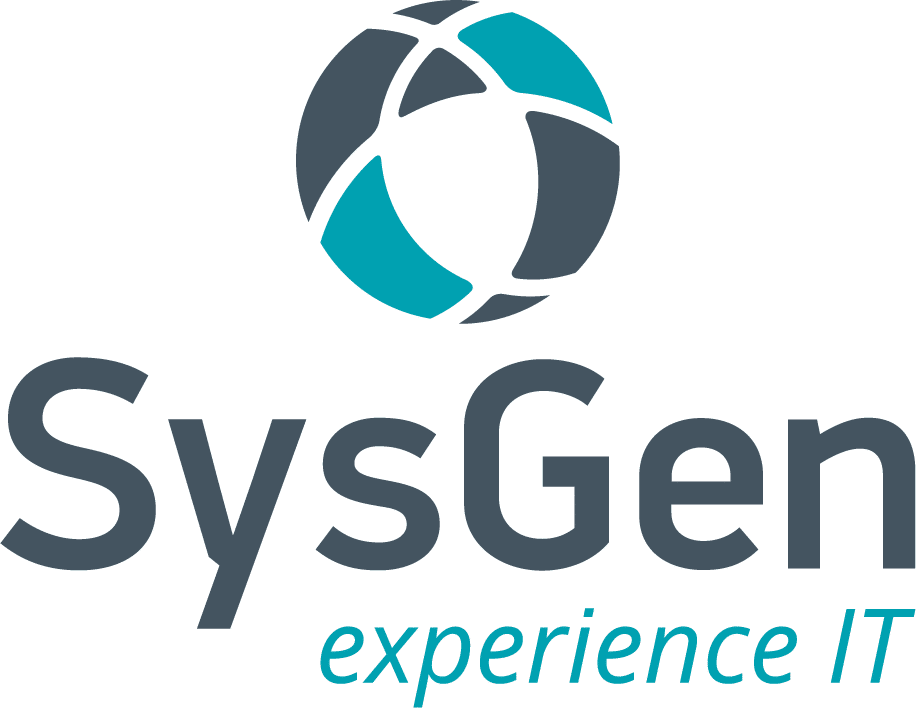Is your backup a rowboat, sailboat, or speed boat? No backup is created equal and your business needs to know the difference. Here are four crucial questions to find out if your backup is in shipshape.
YOUR BACKUP IS A ROWBOAT
Your business is barely paddling forward with tape backup. Today we have much more data than ever. Tapes are a traditional solution and rarely large enough to store all of your company’s data, which means your business is missing critical information. By only backing up critical data once every day, week, or month, your company is at high risk of losing key information and going under water.
Tapes are causing your business to constantly patch holes with file-based backup, making it hard to paddle ahead. File-based backup stores specific business-critical files as needed, and can only restore individual files one at a time. If your company’s network were to be hit with a virus, experience hardware failure, or if an employee were to accidentally delete folders, a full restore is required. With tapes, full restoration is possible, but since file-based backup retrieves one file at a time, this can be quite a lengthy (and expensive) process. With all of the gaps in file-based backup, your business is too busy patching holes and bailing water to paddle ahead.
Your business is stuck at the dock with this archaic form of storage. Tape backups are not often tested to see if data is stored correctly or if the tape itself is damaged. What’s worse is when tapes are rotated, your business runs a risk of having data overwritten. This storage solution leaves a gap in your data recovery with no validation and too much room for human error.
The lack of information storage and validation, room for human error, and gaps in storage frequency create big holes in your IT network. If any minor or major incident occurs, your IT crew is left bailing buckets and patching holes for days or weeks to regain critical data. There’s no time to propel your business forward and your rowboat is getting left behind.
YOUR BACKUP IS A SAILBOAT
Your business is slowly sailing ahead with cloud-only or onsite-only image-based backup. Unlike tape-based backup, cloud and image-based solutions have the space to host all of your business-critical data with massive storage capabilities. This means all essential information should be accessible if a restoration is required. However, as you will see, restoring critical documents and applications with cloud-only or onsite-only image-based backup means your business could lose hours of work and encounter a few waves getting systems restored.
Onsite-only backup is just keeping your business above water with image-based storage. Because image-based storage takes a screenshot of entire machines and validates successful backups, full restores are faster and more reliable than file-based backup. With image-based backup, your business is able to restore systems in their entirety (including operating systems) to new hardware. Not only does this reduce recovery time, but it also reduces labor costs as well. Although, the downside of onsite-only backup is the risk of single location storage. Backup is local, meaning information is stored in-house, in your office. Storing crucial information in a single local location poses a major risk to data recovery as natural disasters and human error can leave your single source of crucial data inaccessible, or worse: destroyed.
Your business is stuck at the dock with cloud-only backup. Cloud-only solutions store data at an offsite location, which protects your business from disasters such as floods, fires, and power outages, and even human error. However, by relying on an Internet connection to store and access data, restoration through the cloud can be a slow process. What’s worse is cloud-only backup is file-based, which means that only one file is restored at a time. With the file-based recovery and Internet reliance of cloud-only backup, it could take anywhere from a few hours to few days (plus a few dollars) to reboot your environment and get operations back up and running.
Backing up entire systems every day with a cloud-only or onsite-only image-based backup is just keeping your business above water. However, if human error or catastrophe occurs, single location storage, reliance on the Internet, and file-based recovery leave your IT network in rough waters. If any minor or major incident occurs, your IT crew is left trying to stabilize your ship for hours or days to get back to business.
YOUR BUSINESS IS A SPEED BOAT
Your company is propelling full throttle ahead with hybrid-cloud backup. Hybrid-cloud backup brings the best of both worlds: onsite hardware and offsite cloud services. Hybrid cloud has the ability to host your entire company network with disaster recovery hardware and cloud services. This solution backs up the entire corporate network every 15 minutes, meaning all documents, data, and applications will be readily available and just the way you left them, even if a catastrophe or human error occurs. Your business is powering through the sea of results with no time needed to stop and bail a few buckets.
Hybrid-cloud backup is powering your business through the sea of results. Like onsite-only backup, hybrid-cloud solutions use image-based backup by taking screenshots of your entire company network to restore operating systems to new hardware. This solution overcomes the cost and time required to restore company data. Hybrid-cloud solutions remove total reliability on the Internet with cloud services, reducing the amount of time (and labor) spent on restoring files through the Internet. This setup also overcomes the costly and time-consuming process of recovering one file at a time with file-based storage.
Your business is going full throttle ahead with redundant storage. Having both onsite hardware and offsite cloud solutions is the best practice in preparing for any unexpected situation. You never know where disaster will strike, it’s crucial to prepare for an on-site disaster that destroys both source data and tape copies while understanding the limitations of bandwidth with off-site cloud solutions. Hybrid-cloud solutions keep corporate data safe with redundant storage while mediating costs and labor associated with performing a network restoration.
Your company is leveraging redundant, image-based storage with 15-minute storage intervals to propel your business forward. If floods, fires, power outages, or even human errors occur, your company won’t hit any rough waters. No matter what comes your way, your business need not fear sinking, bailing water, or patching holes to get back to business as usual – you’re powering through the sea of results with stable and proactive IT.
What ship is your backup?
Whether you’re a rowboat, sailboat, or speed boat, backup plays a critical part in your business. Although, a backup shouldn’t sink your business, and it shouldn’t just keep your company afloat. Leverage a hybrid-cloud solution to power through the sea of results.
Find SysGen’s IT support and managed IT services in Calgary, Edmonton, Red Deer, Vernon, and Kelowna. Learn more about SysGen’s cloud offering, cybersecurity services, managed security, and Digital Advisory team by clicking here.
.



